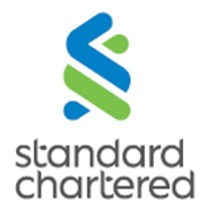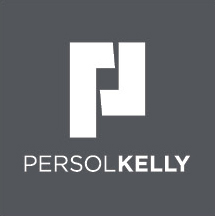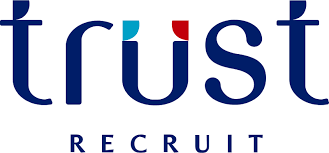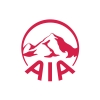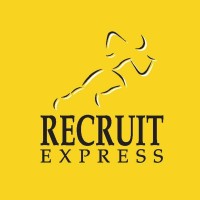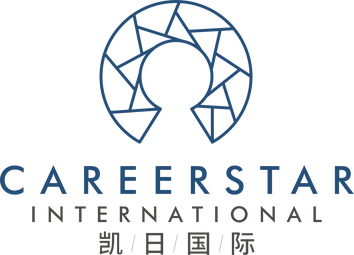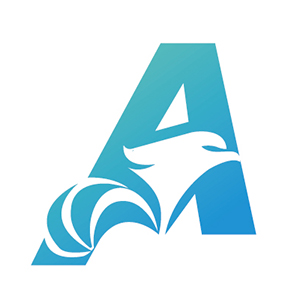Business Unit Planning & Management –
Create profitability by managing the BU (including captive dealers) to meet current and future customer needs and business targets in accordance with plans and strategies.
· Lead by example in Scania values and methodology
· Develop product and service offering to meet customer needs
· Set and lead the planning and review process for the BU including captive dealers
· Encourage entrepreneurship in the entire network
· Implement Strategies to optimize penetration and profitability of products and services
· Sustainable delivery of targeted EBIT and capital efficiency, ensuring a clear business mind-set and strong customer focus throughout the Business Unit (including captive dealers)
· Active interaction with Dealers/Retail Business; Push and Support of the Dealer Business
· Communicate defined strategies and targets, ensure alignment BU and Dealer
· Provide Dealer Operational Framework (Standards, Rules, Centralised Dealer Resources, Centralised Profit Centres)
· Follow up results and create action plans
· Coordinate and lead sales and services
Develop the business together with the management team, in close collaboration with the dealers (captive & non captive),
· Ensure alignment across the operations
Business Unit Operations–
Run the BU and profitable way by enabling and engaging employees and optimizing the organization in order to enhance performance.
· Foster a result and customer oriented mind-set in the teams
· Enable and engage teams to reach targets
· Participate in key deals
· Lead management/department meetings
· Create formal meeting structure for P&D Talk, performance management and succession planning and follow up
· Conduct and act upon P&D Talks, competence and performance management, succession planning and employee satisfaction surveys primarily with direct reports
· Manage and follow up employee & customer satisfaction surveys
· Focus on continuous improvements
· Challenge current ways of working
· Ensure compliance with DOS, policies and local laws and regulations. Scania should be a company who follows the laws.
· Set the tone of interaction between people in the organisation
Foster Active Interaction with Stakeholders
Act as a broad external representative for the BU and Scania in general, showcasing the Scania’s presence, interacting with customers, business associations, unions, schools etc.
· Proactively develop new and maintain existing customer relationships within the region
· Communicate directly with dealers and through functional directors
· Foster the Scania brand and actively participate in building the leader in sustainability image with the most relevant stakeholders (media, institutions, customer’s customer)
· Participate in relevant associations
· Maintain good dialogue and cooperation with Scania entities such as other Business Units, Finance Companies as well as Corporate functions
Systemize improvement work according to the Scania way (SRS)
Set agenda for standardized work methods and improvement activities and manage resources within the same department and cross-functional improvement activities
· Set agenda for standardized work methods and improvement activities and manage resources within the same department and cross-functional improvement activities
· Follow up on Improvement activities and goals in connection to the business objectives
· Ensure transfer of best practice between teams within the same department and between departments
· Apply systematic management (setting measurable targets, secure resources, set standards, follow-up, implement learning loop)
· Set a lean strategy (linked to business needs) for whole the operation
COMPETENCY
DESCRIPTION
Business Perspective
Using an understanding of business issues, processes and outcomes to enhance business performance.
Customer understanding
Demonstrates understanding of customers, their commercial offerings, industry, business, motivational drivers and needs. Understands how Scania can contribute to the optimization of customer profitability.
Managing People
Managing others to ensure their work contributes to organizational goals. Developing individuals, building teams, resolving conflicts and applying workplace policies.
Managing Resources
Planning, allocating and mobilizing resources (human, physical, information and financial resources) to achieve organizational goals.



